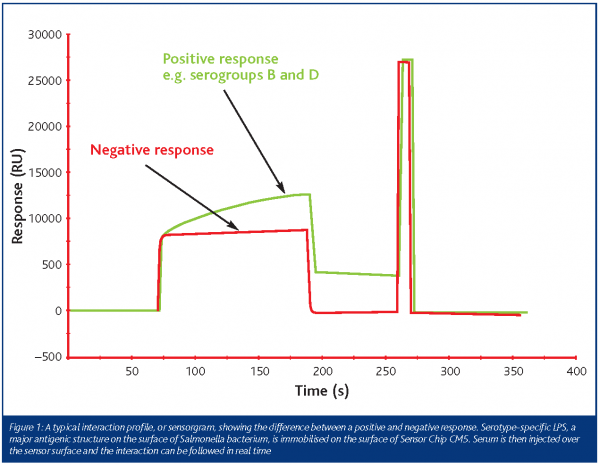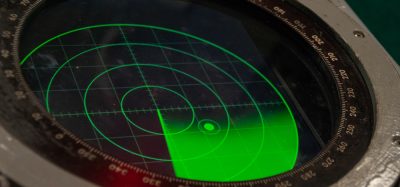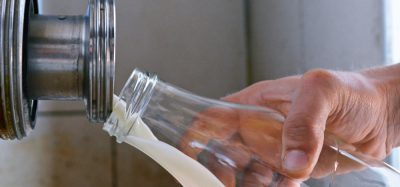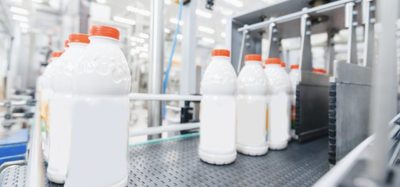Detecting Salmonella antibodies in pork
Posted: 21 November 2005 | René Achterberg, Judith Maneschijn-Bonsing, Rinus Bloemraad, Manon Swanenburg and Kitty Maassen, Animal Sciences Group, Lelystad, The Netherlands | No comments yet
Programs for monitoring Salmonella in the pork production chain have begun in several European countries. For an assay to be used in a monitoring program, it is a prerequisite that the total testing time per sample is short and that regeneration is optimal. In collaboration with a major pork producer in The Netherlands, a pilot study for herd screening was conducted to compare the performance of two immunoassays for the detection of antibodies directed to Salmonella sero-groups B and D in porcine sera in a routine setting.
Programs for monitoring Salmonella in the pork production chain have begun in several European countries. For an assay to be used in a monitoring program, it is a prerequisite that the total testing time per sample is short and that regeneration is optimal. In collaboration with a major pork producer in The Netherlands, a pilot study for herd screening was conducted to compare the performance of two immunoassays for the detection of antibodies directed to Salmonella sero-groups B and D in porcine sera in a routine setting.
Programs for monitoring Salmonella in the pork production chain have begun in several European countries. For an assay to be used in a monitoring program, it is a prerequisite that the total testing time per sample is short and that regeneration is optimal. In collaboration with a major pork producer in The Netherlands, a pilot study for herd screening was conducted to compare the performance of two immunoassays for the detection of antibodies directed to Salmonella sero-groups B and D in porcine sera in a routine setting.
The study was carried out using HerdCheck Swine Salmonella assay (Idexx Laboratories Inc.), the most frequently used serological Salmonella test in The Netherlands, and a Biacore assay used with Biacore Q and Sensor Chip CM5. Results indicate that there is potential for improving testing times and throughput in food chain monitoring programs. This would enable the early implementation of control measures that can be important for eradication after outbreaks of notifiable diseases, such as classical swine fever and foot and mouth disease.
Salmonella is a major cause of bacterial, food-born infections. The incidence of Salmonella-derived infections in The Netherlands is estimated to be approximately 100,000 cases per year1 and about 15 per cent of these cases can be associated with the consumption of pork2. Although healthy pigs infected with Salmonella rarely show symptoms, infections spread rapidly from pig to pig and can be pathogenic to humans. There are numerous points in the production chain of pork where the meat can become contaminated with Salmonella. The only way, therefore, to effectively reduce contamination is to introduce an integrated program of control measures along the whole pork production chain.
In 1995, Denmark was the first European country to initiate a program for monitoring Salmonella in the pork production chain. In the Danish program, meat juice from randomly selected pigs in the slaughterhouse is tested for antibodies against Salmonella with the Danish Salmonella ELISA. In the Netherlands, a monitoring program for identifying infected pig herds was started in 2005. This is carried out by testing serum for the presence of antibodies against Salmonella sero-groups B, C and D, the most common sero-groups in Dutch pigs. Monitoring using serological assays provides information that can be used to give farms a status reflecting a certain level of prevalence of Salmonella. By implementing certain hygienic measures and logistical slaughtering of pigs in high prevalence groups, it should be possible to reduce the amount of Salmonella contaminated pork and thus reduce the number of human Salmonella infections.
Although Biacore technology is routinely used in many fields, it has not been used for the detection of antibodies directed against pathogenic microorganisms in animals in a routine setting. The Animal Sciences Group in Lelystad, however, has now developed a Biacore-based assay to detect antibodies against Salmonella in pig serum. The assay is based on lipopolysaccharides (LPS) immobilised on Sensor Chip CM5. LPS, a lipid-based carbohydrate consisting of multiple repeats of several sugars, is one of the major antigenic structures of the Salmonella bacterium. The different sero groups into which the Salmonella sero-types are divided differ according to the sugars that are present on the LPS. Salmonella sero-groups B and D, and to a lesser degree, group C, are most important in human infections.
Materials and methods
LPS and chip-production
LPS from representative serotypes of Salmonella from groups B and D was isolated and immobilised in predetermined ratios onto Sensor Chip CM5 by an aldehyde coupling procedure. Biacore 3000 was used, allowing simultaneous injection over four flow cells.
Serum samples
Blood samples were collected at the slaughterhouse immediately after slaughter. Two sets of serum samples were selected for this pilot. Set A consisted of samples from 35 farms, all of which delivered their pigs to one slaughterhouse over a period of five months. Nine random pigs were sampled from each delivery to the slaughterhouse. Set A consisted of 990 samples in total. Serum set B consisted of two randomly collected sera of each delivery from all farms that delivered pigs to one slaughterhouse during a nine month period. Set B consisted of 2106 samples in total.
Blood samples were centrifuged and the sera were transported to the laboratory where they were stored at –20°C prior to testing. All sera were tested using the Biacore Q Salmonella assay and in the Idexx ELISA.
Results and discussion
The Biacore assay was compared with the HerdCheck Swine Salmonella ELISA from Idexx Laboratories. This ELISA detects antibodies against Salmonella sero-groups B, C and D, and the Biacore assay detects sero-groups B and D (Figure 1). The overall agreement between the assays for set B was 91.2 per cent, showing that the results of the Biacore assay were in close agreement with the ELISA results.
The results from serum set A showed large differences in the prevalence of Salmonella antibodies at different farms. Some farms had positive sera in almost all deliveries while others had only negative sera in all deliveries. The results at herd level showed a very high overall agreement between the assays. These results indicate that it is feasible to screen pig herds for Salmonella antibodies using this Biacore assay.
Conclusion
Serological screening of pig herds for Salmonella, as well as other pathogens, has proven to be an important part of chain control programs. Presently, most control programs use ELISAs for testing samples. Using a Biacore system for testing samples has some advantages over ELISA. First of all, it is possible to combine different tests: on Biacore 3000, one sample can be used to run up to four different assays simultaneously. Furthermore, testing with ELISA can take hours and sometimes even days. When a quick result is needed – for instance when a pig herd is suspected of infection with a notifiable disease (classical swine fever, foot and mouth disease) – testing with a Biacore system can take just a few minutes. This means that measures designed to control or restrict outbreak of a disease can be implemented earlier.
In addition to Salmonella, monitoring programs may be developed for other zoonotic organisms. For instance, new legislation will possibly allow serological monitoring of Trichinella by January 2007. The Animal Sciences Group is currently developing an assay for Trichinella and has extended the Salmonella assay with C-LPS.


References
- Wit, D., Een bevolkingsonderzoek in vier regio’s in Nederland naar de incidentie en ziektelast van gastroenteritis en van Campylobacter en Salmonella infectie in RIVM rapport 149101014 (1996)
- Berends, B. R., et al., Impact on human health of Salmonella spp. on port in The Netherlands and the anticipated effects of some currently proposed control strategies in J Food Microbiol 44: 219-29 (1998)









